The emissions reductions settings in the Safeguard Mechanism are ambitious but appropriate, and they will result in large emitters delivering 200 million tonnes of emissions abatement out to 2030, Climate Change and Energy Minister Chris Bowen said today.
Minister Bowen was speaking at a symposium in Parliament House, hosted by the Carbon Market Institute and marking the first anniversary of the reformed Safeguard.
The Minister added that Australian Carbon Credit Units have an important role to play, while large emitters plan and implement on-site decarbonisation measures.
He noted that a number of reforms to the ACCU regime have already been implemented, and further reforms “will happen”, in line with Chubb review recommendations.
The Minister also noted that facilities covered by the Safeguard can apply for decarbonisation grants, through the Safeguard Transformation Stream of the Powering the Regions Fund, and through the Critical Inputs to Clean Energy Industries Fund.
Carbon Market chief executive John Connor told the symposium that ACCUs, along with Safeguard Mechanism Credits, will “play a vital role in driving industrial decarbonisation”.
He welcomed government plans to develop a National Carbon Market Strategy, saying it would allow Safeguard-liable companies and others to better understand how the market is likely to grow and evolve.
“It’s crucial that the Safeguard and other policy measures all operate smoothly together,” Connor said. “Carbon markets are a key tool that can ensure ambitious policies work effectively in conjunction with each other.”
Professor Frank Jotzo, appointed by the government to assess the feasibility of an Australian carbon border levy, known as a CBAM, told the symposium he would shortly be releasing a second consultation paper, ahead of completing his review by the end of September.
Australian Industry group director of climate change and energy, Tennant Reed, noted that a large amount of public financial support is currently going towards the development of new, clean energy industries, in Australia and overseas.
However, at some point that needs to be reined in, he said.
Having a number of CBAMs operating around the world, all of them imposing a cost on goods that aren’t subject to a carbon constraint, would create markets for green products, and would “enable governments to dial back the fiscal support”, he said.
Grattan Institute energy and climate deputy program director Alison Reeve noted that the Safeguard could potentially be used to introduce a carbon price signal into the electricity sector.
She added that the Safeguard’s rules on emissions baseline-setting for new facilities currently aren’t aligned with net-zero.
Reeve also warned the symposium that there isn’t just “a magic function of time passing” that reduces the costs of new, low emissions or zero emissions technologies.
“It is not time that pushes down costs, it is action,” she said.
Energetics head of emissions quant, David Kazmirowicz, told the symposium he had observed a range of responses to the introduction of the Safeguard, with large, sophisticated companies looking closely at their decarbonisation options.
However, there had been “a less robust response” among some smaller businesses covered by the Safeguard, particularly in the industrial sector, he said.
CORE Markets chief executive and co-founder Chris Halliwell told the symposium that the introduction of the Safeguard had led many more businesses to become involved in the carbon market.
Many companies are interested in being directly involved in land-based projects that generate credits, he added.
In similar vein, the Clean Energy Regulator’s principal economist, Georgina Prasad, said the Safeguard “had been a real lightning rod” for carbon market activity.
RepuTex head of research Bret Harper said the design of the reformed Safeguard had “managed to avoid a lot of pitfalls”.
However, he said attention would need to be paid to upcoming issues, including the emissions decline rate that will be applied to Safeguard-liable facilities after 2030.
Anthesis climate resilience and decarbonisation national lead, Thomas Hodgson, told the symposium that nature-based carbon abatement projects have a really large role to play because “they can be scaled dramatically”.
About the Carbon Market Institute
The Carbon Market Institute (CMI) is a member-based institute accelerating the transition towards a negative emissions, nature positive world. It champions best practice in carbon markets and climate policy, and its around 150 members include primary producers, carbon project developers, Indigenous organisations, legal, technology and advisory services, insurers, banks, investors, corporate entities and emission intensive industries. The positions put forward constitute CMI’s independent view and do not purport to represent any CMI individual, member company, or industry sector.
For further information contact Murray Griffin on 0400 952 559 or murray@earthed.au.



